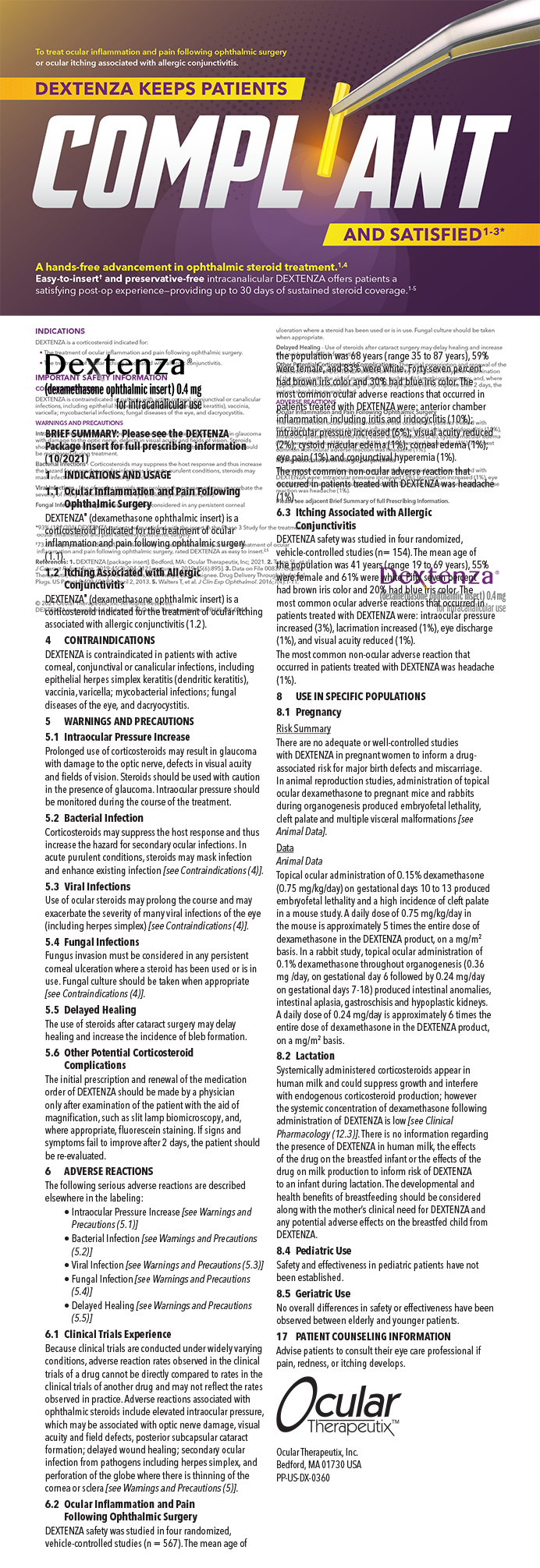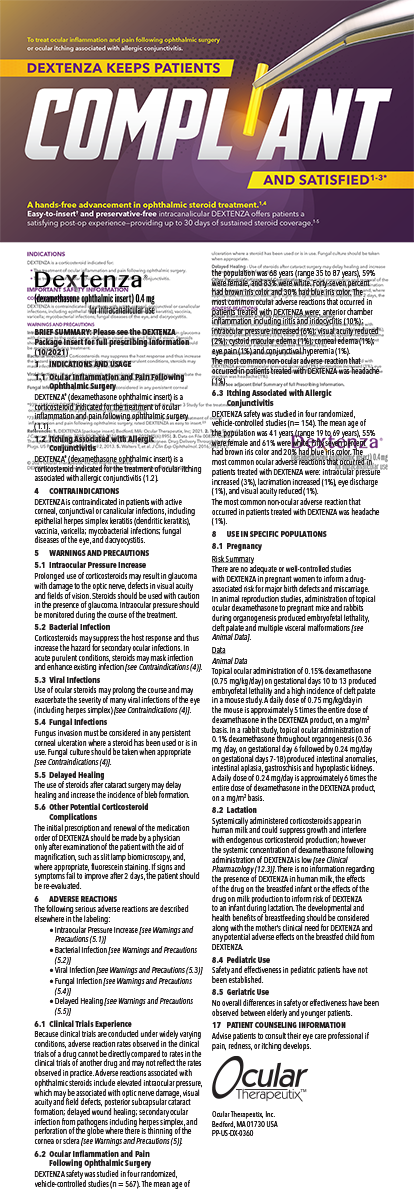This editorial is late. In fact, it is so late that I am writing it on an international flight home when I could be watching Zoolander, the stupidest, funniest movie available on this plane. This particular trip is for pleasure, but several times a year, I find myself heading off to yet another meeting. Some argue that conferences have essentially become obsolete given the excellent job that publications like Cataract & Refractive Surgery Today do of disseminating new clinical insights, surgical maneuvers, and basic scientific research. Combined with Eyetube.net and Eyewire TV, these outlets offer an enormous volume of high-quality information instantly. If much of the content of major meetings is available online, what is the point of attending them?
Marissa Mayer, the CEO of Yahoo!, recently made waves by banning telecommuting among the company's employees. This move bucks current trends. In 2012, 63% of the companies surveyed by the Society for Human Resource Management and the Families and Work Institute allowed telecommuting. Insurance giant Aetna claims it achieves substantial savings by having 47% of its workforce telecommute.1 Ms. Mayer, however, fears that the practice means the loss of intangible but important benefits only found through the casual interplay that occurs between people who share the same physical space. As stated by influential corporate organizational guru John Seely Brown, “Those chance encounters that become evocative turn out to be incredibly important. They allow people to get out of their ruts and think about things that they otherwise might have missed.”2
Those of us in group practice know this phenomenon well. Our casual conversations with colleagues regularly influence our clinical and practice management decisions. Although hard data from published, randomized clinical trials are vital to guiding practice patterns, peer-to-peer interactions may be equally important. We can generate detailed financial and managerial reports on the performance of our practices, but spontaneous feedback from our staff members regarding what is happening in the trenches is invaluable.
More and more, we ophthalmologists face a regulatory environment that restricts what may be said from the podium at meetings. I find this state of affairs highly frustrating and almost surreal. Speakers are sometimes unable to discuss the use of a drug for a specific condition even though it is common practice among all of the attendees. Although this unfortunate scenario seems unlikely to change, I invariably run into colleagues at meetings who share recent discoveries, tips, and clinical pearls that make the entire trip worthwhile. I learn more from these casual, unregulated interactions than from anything else.
If we doze off in the lecture hall, we can probably find the presented content on CRST's website, but let's not miss out on the real learning, which takes place outside in the hallway.


